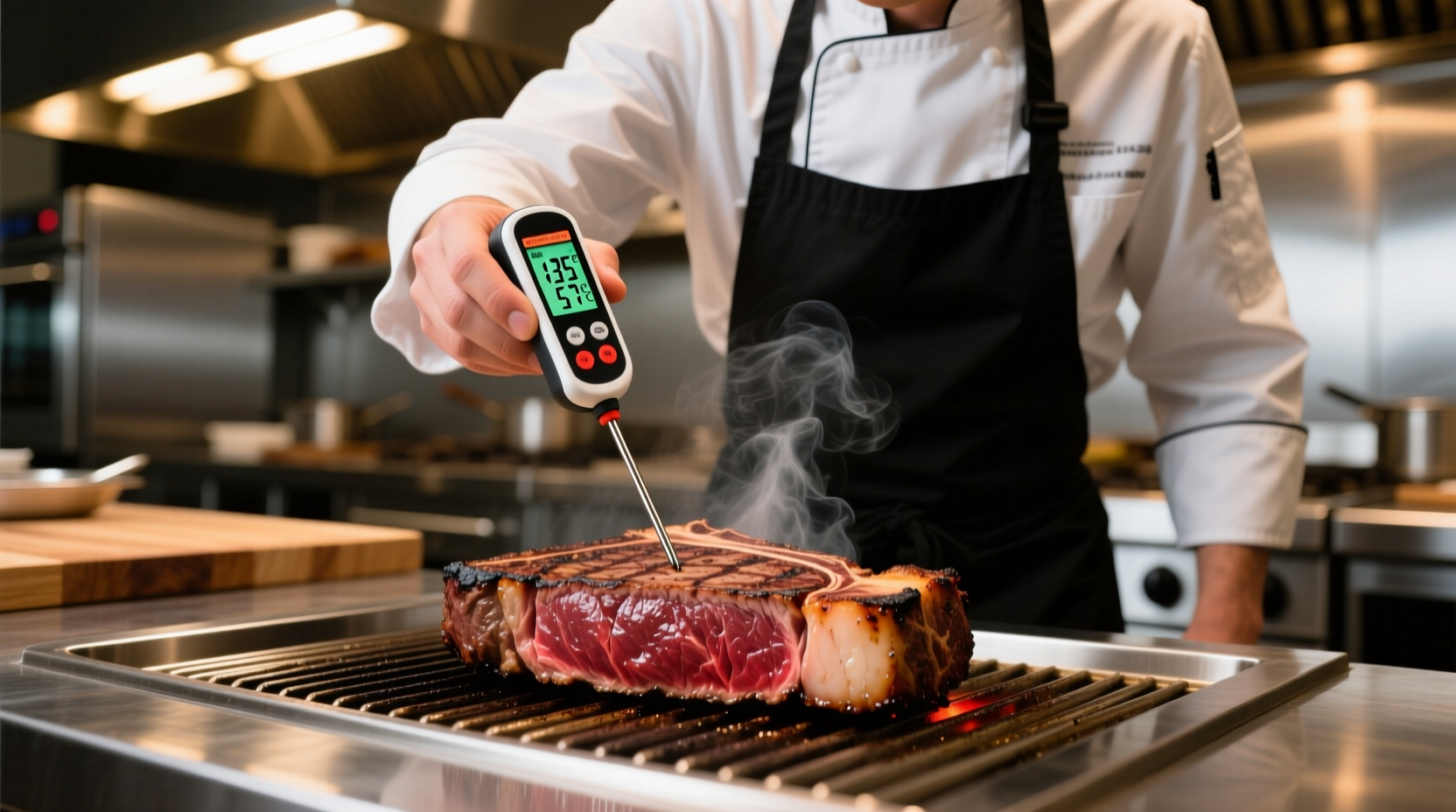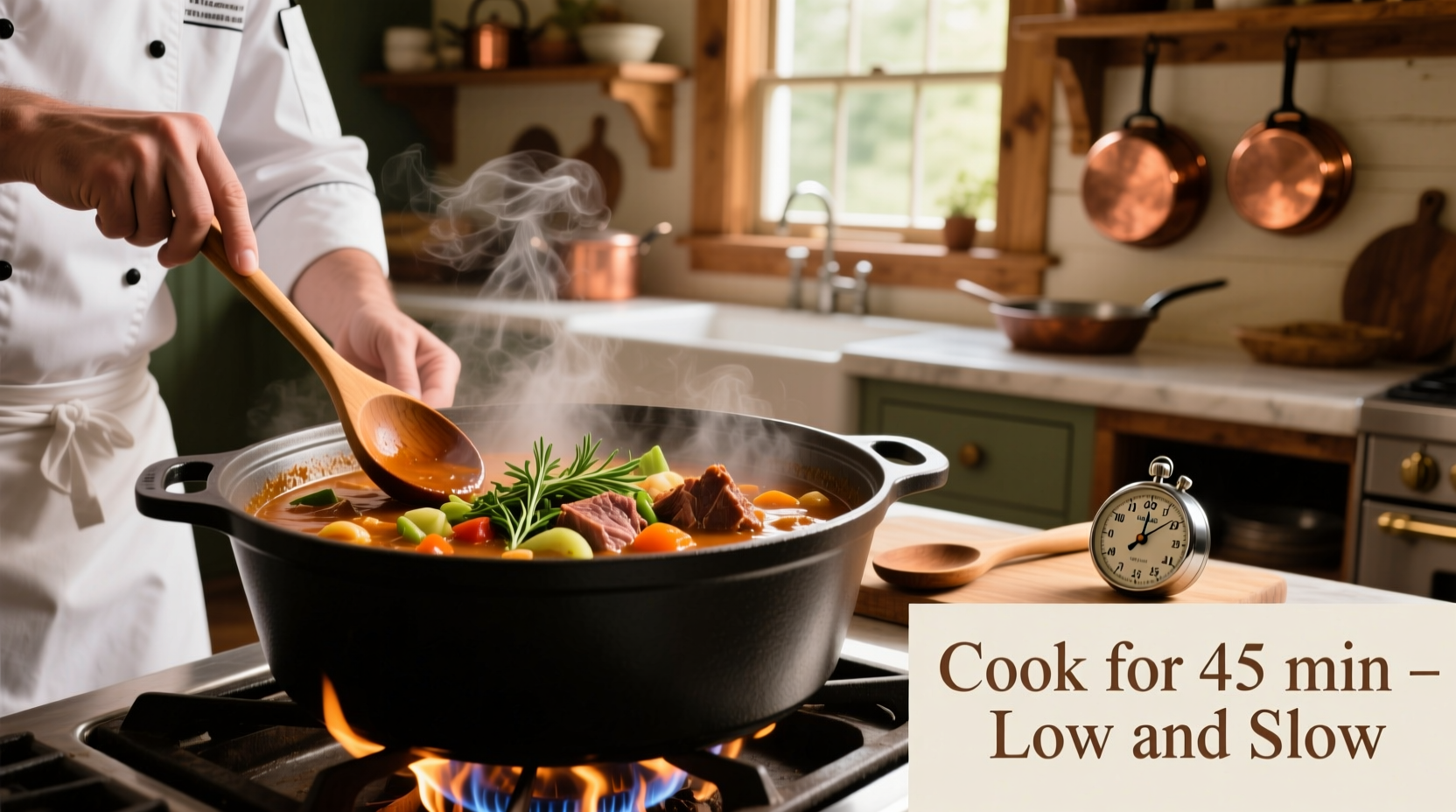If you're asking how long do you cook cook, your query likely contains a typo. Proper cooking times depend entirely on what food you're preparing. For example: chicken breasts need 6-8 minutes per side, pasta cooks in 8-12 minutes, and steak requires 4-6 minutes per side for medium-rare. Always verify cooking times based on specific ingredients, portion sizes, and cooking methods.
Why Your Cooking Time Question Needs Clarification
When you search how long do you cook cook, it appears you've accidentally repeated the word "cook." This common typing error happens when beginners search for cooking instructions. The truth is, cooking durations vary dramatically depending on:
- The specific food item (chicken vs. vegetables vs. grains)
- Portion size and thickness
- Cooking method (baking, boiling, grilling)
- Desired doneness level
- Equipment used (oven accuracy, stove power)
Professional chefs know there's no universal "cooking time"—each ingredient has unique requirements. Let's explore practical cooking time guidelines you can actually use.
Essential Cooking Time Principles Every Home Cook Should Know
Understanding these fundamentals will help you determine accurate cooking times regardless of recipe:
The Temperature-Time Relationship
Cooking isn't just about time—it's about heat transfer. The USDA Food Safety and Inspection Service confirms that internal temperature matters more than clock time. For instance, a thick chicken breast might need 25 minutes at 375°F (190°C) to reach 165°F (74°C) internally, while a thin cutlet might only require 10 minutes.
Visual and Tactile Doneness Indicators
Seasoned cooks rely on sensory cues rather than timers alone:
- Meats: Clear juices, firm texture, and color change
- Fish: Flakes easily with fork, opaque appearance
- Veggies: Vibrant color, slight resistance when pierced
- Grains: Water absorbed, tender but not mushy
| Food Type | Standard Cooking Method | Approximate Time | Internal Temp |
|---|---|---|---|
| Chicken breast (6oz) | Pan-seared | 6-8 min/side | 165°F (74°C) |
| Salmon fillet (1") | Baked | 12-15 minutes | 145°F (63°C) |
| Spaghetti | Boiled | 8-10 minutes | N/A |
| Beef steak (1.5") | Grilled | 4-6 min/side | 130-135°F (54-57°C) |
| White rice (1 cup) | Simmered | 15-18 minutes | N/A |
Source: USDA Food Safety and Inspection Service guidelines updated 2024
How Cooking Technology Has Changed Timing Requirements
Modern appliances have significantly altered traditional cooking times. This timeline shows key changes:
| Era | Common Appliances | Typical Cooking Approach | Impact on Timing |
|---|---|---|---|
| 1950s | Conventional ovens | Fixed timer settings | Longer preheat times (20-30 min), less precise |
| 1980s | Convection ovens | Timer + visual checks | Reduced times by 25%, more even cooking |
| 2000s | Digital thermometers | Temperature-focused | Shift from time-based to temp-based cooking |
| 2020s | Smart ovens & apps | Automated time/temp control | Precise timing with automatic adjustments |
Today's precision cooking tools mean you can achieve perfect results with less guesswork. The FDA Food Code now emphasizes temperature monitoring over fixed cooking times for food safety.

Context-Specific Cooking Time Guidelines
These boundaries help determine appropriate cooking durations for different scenarios:
Meat and Poultry Safety Parameters
The USDA specifies minimum internal temperatures for safety. These times assume standard home cooking equipment:
- Chicken/turkey: 165°F (74°C) - 20-30 minutes at 375°F (190°C) depending on cut
- Ground meats: 160°F (71°C) - 15-20 minutes pan-frying
- Pork: 145°F (63°C) + 3 minute rest - 25-35 minutes roasting
- Beef/lamb (steaks): 130-145°F (54-63°C) - 4-8 minutes per side
Vegetable Cooking Boundaries
Overcooking destroys nutrients and texture. Follow these time limits:
- Leafy greens: 2-4 minutes steaming
- Cruciferous veggies: 5-7 minutes roasting
- Root vegetables: 25-40 minutes roasting (size-dependent)
- Quick-cooking squash: 3-5 minutes sautéing
Avoid These Common Cooking Time Mistakes
Even experienced cooks make these timing errors:
- Opening oven frequently: Each peek adds 2-3 minutes to cooking time
- Crowding the pan: Creates steam, doubling cooking time for meats
- Not resting meats: Cutting too soon loses juices regardless of cooking time
- Ignoring carryover cooking: Food continues cooking after removal from heat
Professional chefs recommend setting timers for 75% of estimated time, then checking visually and with thermometers. America's Test Kitchen research shows this approach reduces overcooking by 60%.
Practical Timing Tips for Perfect Results Every Time
Implement these professional techniques:
- Start with room temperature ingredients: Cold foods need 25% longer cooking time
- Use the finger test for steaks: Compare firmness to palm muscles
- Check early and often: Begin checking 5 minutes before expected finish time
- Account for altitude: Above 3,000 feet, increase cooking times by 5-25%
- Record your results: Note actual times for future reference with your equipment
Remember that reliable cooking comes from understanding principles, not memorizing times. The Food Network's culinary research department confirms that cooks who understand why foods need certain times achieve better results than those who strictly follow recipes.











 浙公网安备
33010002000092号
浙公网安备
33010002000092号 浙B2-20120091-4
浙B2-20120091-4